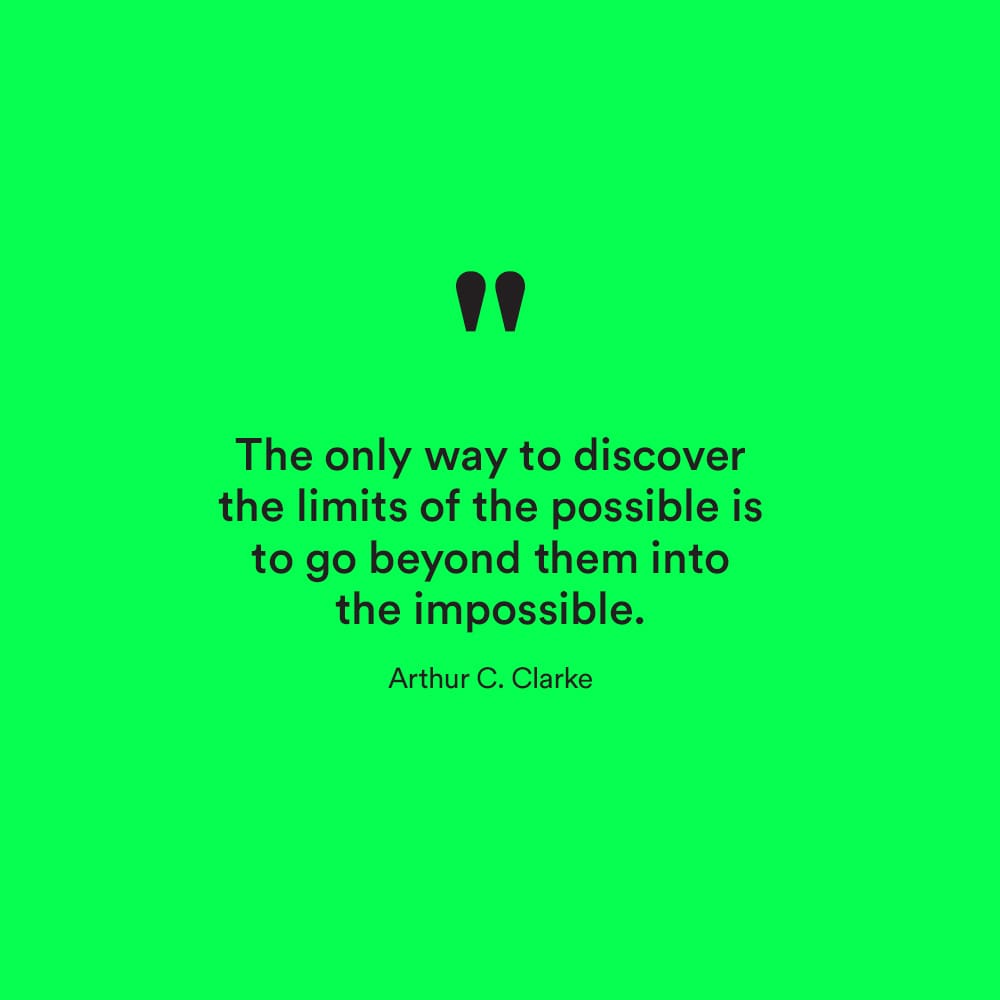The sportswear company that sold 340 million pairs of shoes last year originated with a few small screw-in spikes in 1924. Adi Dassler used his mom’s kitchen in a small town in Bavaria, Germany to begin his mission to revolutionize footwear for athletes. In 1949, Dassler trademarked his brand’s infamous three-stripe design, and Adidas was officially born.
The desire and curiosity to tap into untested materials and methods, along with his time in history, pushed Dassler into a mindset of innovation. Being a German cobbler in post-war conditions meant finding materials to create shoes was a challenge all its own. Dassler used materials he found left as waste, like leather from Army helmets and belts.
A soccer player himself, Dassler needed a shoe that gave him better grip and agility on the field. He handcrafted spikes and inserted them through the bottom of the shoe sole. The first cleat was created in 1924, and just four years later, the now-infamous shoe made its debut on the global stage at the 1928 Olympics in Amsterdam.
Dassler studied the shoes athletes were wearing, particularly football players and runners. He spoke with athletes about the challenges with their shoes and what they needed to perform at a higher level. Dassler didn’t innovate from nothing. He improved upon something that already existed, and made it drastically better.
What Dassler began nearly a century ago continues in today’s innovative designs. The brand’s latest advancements and technologies improve the athlete's experience and specific needs by tapping into latest materials and technologies. Over the course of his work, Dassler held more than 700 patents. Some significant, others forgotten, and many that are still used today in sporting equipment and shoes.
How can you be at the forefront of design and innovation in your industry? Craft your vision, and let nothing stop you from bringing it to life.



Interesting Watch
Stories generate ideas, and ideas generate bigger ideas. Storytelling is an integral part of creative thinking and the innovation process. Mathew Luhn from Pixar breaks down what storytelling looks like inside one of the best storytelling companies in the world.
